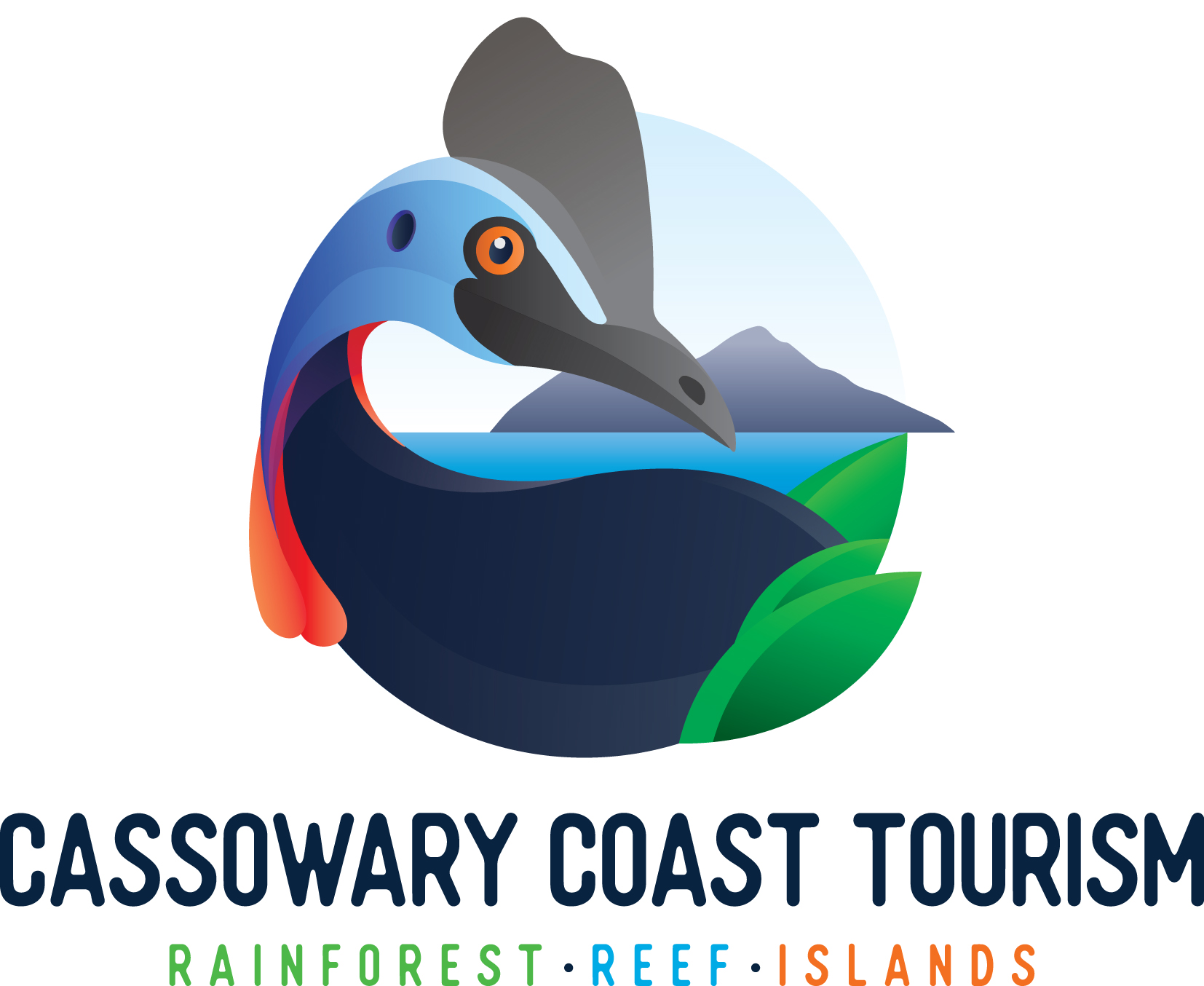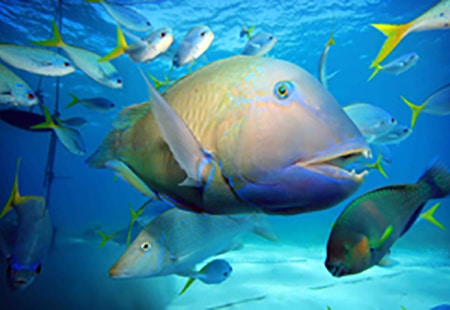Great Barrier Reef
The Great Barrier Reef is the world’s largest reef system. Stretching for over 2300 kilometres along the Queensland coast in Australia, it is comprised of approximately 2900 individual reefs and over 900 sand cays and islands.
Coral reefs are the result of thousands of years growth by tiny coral animals called polyps. Most of the polyps live together in colonies and secrete a calcium carbonate skeleton which makes up the base of the coral reef. Over the past 6000 to 8000 years, in conjunction with a single cell algae that lives in their tissues, the coral polyps have created the massive structure that we know as the Great Barrier Reef.
The Great Barrier Reef was recognised by UNESCO as a World Heritage Area in 1981 and is the largest World Heritage Area in the world covering over 350,000 square kilometres. It was recognised not only as an area with outstanding natural beauty but also as one of the most diverse places on the planet. There are over 1500 species of reef fish found on the Great Barrier Reef, 360 species of hard coral, 500 species of seaweed and 23 species of marine mammals. Even today scientists are frequently discovering new species on the reef; and there are almost certainly thousands yet to be discovered. Whilst in our area, access the free zoning app (Your Eye on the Reef) to enhance your visit.




